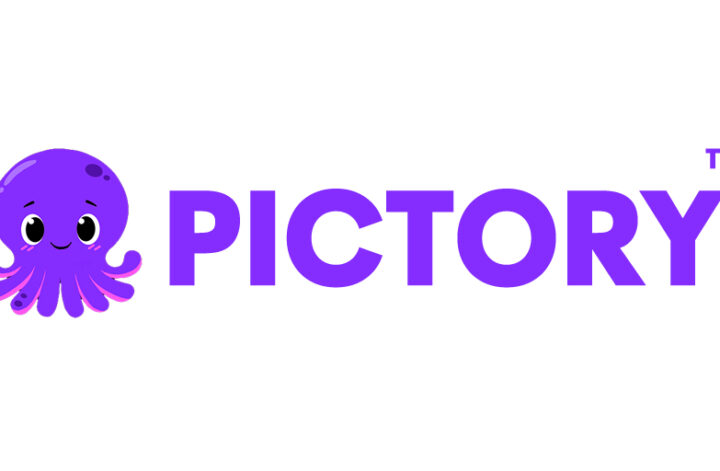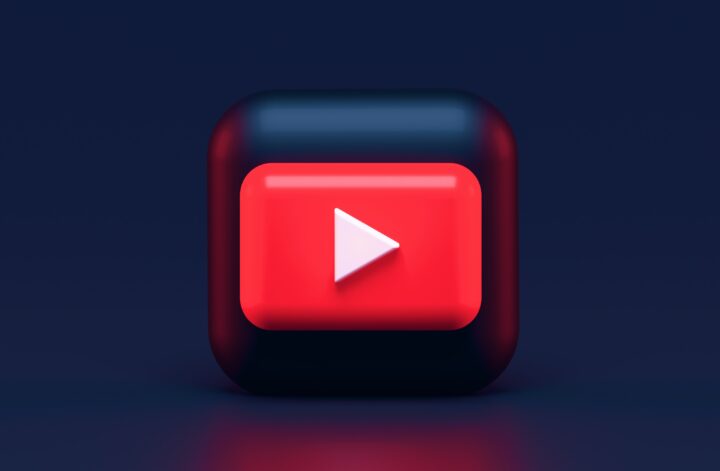Introduction
Artificial Intelligence (AI) has permeated numerous industries, revolutionizing the way we work and interact. In recent years, its impact on arts has been particularly noteworthy. With advancements in technology and machine learning algorithms, AI for Arts content creation opened a new realm of possibilities in content creation, modern art, and digital work.
In this blog post, we will delve deeper into the profound influence of AI in these areas, exploring how it seamlessly blends creativity and technology to transform the artistic landscape.
AI for Content Creation: A New Frontier
In today’s digital age, content creation plays a vital role in engaging audiences and driving online visibility. With AI algorithms, content creators now have valuable tools at their disposal to craft compelling narratives while ensuring optimal search engine optimization (SEO).
Leveraging AI to Optimize Content
AI for content creation involves leveraging natural language processing (NLP) algorithms to analyze vast amounts of data and extract insights. By understanding audience preferences and search trends, AI assists in identifying strategic keywords and optimizing content for maximum visibility. Through intelligent automation, content creators can focus on crafting engaging blog posts that resonate with their target audience.
Enhancing SEO with AI
AI-powered tools have made it easier to adhere to SEO best practices and elevate content’s visibility in search engine rankings. By seamlessly integrating primary keywords like “AI and arts” and related keywords such as “AI for content creation,” “AI and modern art,” and “AI and digital work” throughout the content, websites can attract organic traffic and stay ahead of the competition.
The Power of AI in Curating Content
In addition to optimization, AI assists content creators in curating personalized and relevant content for their audiences. By analyzing user behavior, AI algorithms recommend tailored content that aligns with individual preferences, enhancing the overall user experience and boosting engagement.
Case Study: How AI-Powered Platforms Are Transforming Content Creation
AI-driven platforms such as Clearscope, MarketMuse, and WordLift are revolutionizing content creation. With their advanced algorithms, these platforms provide data-driven insights, SEO recommendations, and assist in enhancing the quality and relevance of content. By leveraging AI capabilities, content creators can produce high-ranking articles while delivering value to their readers.
AI and Modern Art: Blurring Boundaries
Art has always been at the forefront of pushing boundaries and challenging norms. The integration of AI for Arts content creation in modern art has sparked a wave of innovation, enabling artists to explore new mediums, techniques, and perspectives.
AI-Generated Art: From Abstract to Collaborative
AI algorithms can create compelling visual art pieces, blurring the lines between human and machine creativity. Generative adversarial networks (GANs), style transfer algorithms, and deep learning techniques have allowed AI to replicate art styles and create unique pieces seamlessly. Artists can collaborate with AI, transcending the limitations of traditional art techniques and expanding their creative horizons.
Inspiring Creativity: AI as an Artistic Muse
AI serves as a catalyst for inspiration in modern art, providing artists with new perspectives and avenues for exploration. Through data analysis and the ability to detect patterns, AI uncovers hidden connections, unlocking fresh ideas for artists to explore. Whether it’s analyzing color palettes, suggesting visual compositions, or generating thought-provoking concepts, AI provides a wellspring of inspiration for artists.
Case Study: The Intersection of AI and Modern Art
Artists such as Refik Anadol, Mario Klingemann, and Sougwen Chung have embraced AI in their artistic processes, creating captivating installations and digital artworks. Refik Anadol’s mesmerizing audio-visual installations, which blend AI-generated visuals with traditional art forms, challenge viewers to reimagine the boundaries of perception and creativity. These artists harness the power of AI to ignite conversations and redefine the possibilities of modern art.
AI and Digital Work: Transforming the Creative Process
AI’s impact extends beyond content creation and modern art; it also plays a transformative role in digital work. From graphic design to video editing, AI algorithms streamline processes, enhance efficiency, and foster innovation.
AI-Powered Graphic Design Tools
Designers can harness the power of AI to automate repetitive tasks and create visually stunning graphics. Tools like Canva, Adobe Sensei, and Piktochart leverage AI algorithms to simplify the design process and assist in generating eye-catching visuals. By freeing up designers’ time, AI empowers them to focus on ideation and creative problem-solving.
Automating Video Editing with AI
Video editing is a time-consuming task that requires precision and attention to detail. AI-powered tools like Wibbitz and Magisto use machine learning algorithms to automate video editing, enabling content creators to produce professional-quality videos efficiently. With AI handling mundane editing tasks, creators can spend more time on storytelling and producing engaging content.
Case Study: AI-Driven Innovations in Digital Work
One prominent example of AI-driven innovation in digital work is the seamless integration of AI algorithms in Adobe Photoshop. Features like Content-Aware Fill and Adobe Sensei’s AI-powered enhancements have transformed the design and editing experiences for millions of digital artists and creative professionals. By automating time-consuming tasks and offering intelligent suggestions, AI tools empower creatives to focus on the core aspects of their work.
Conclusion
As the realms of AI and arts converge, we witness the emergence of new creative frontiers. AI’s impact on content creation, modern art, and digital work is undeniable, transforming traditional processes and introducing fresh possibilities. Through AI’s optimization capabilities, content creators can engage audiences effectively while adhering to SEO best practices. In modern art, AI serves as an artistic muse, inspiring new perspectives and pushing boundaries. In digital work, AI streamlines processes and unleashes creativity. Embracing the potential of AI in arts allows us to unlock new horizons and redefine what is possible. Let AI be a tool to augment our creativity, opening doors to unexplored artistic endeavours.



